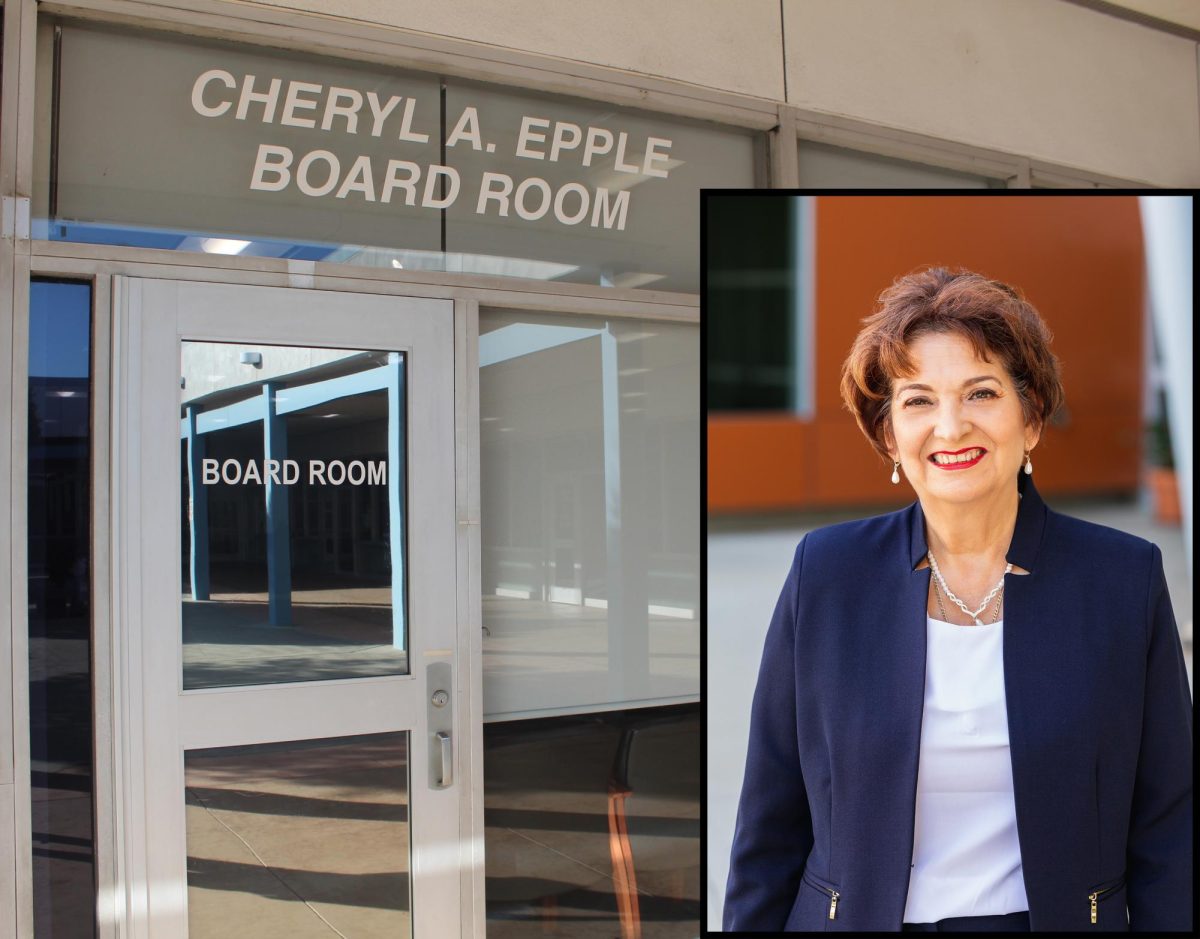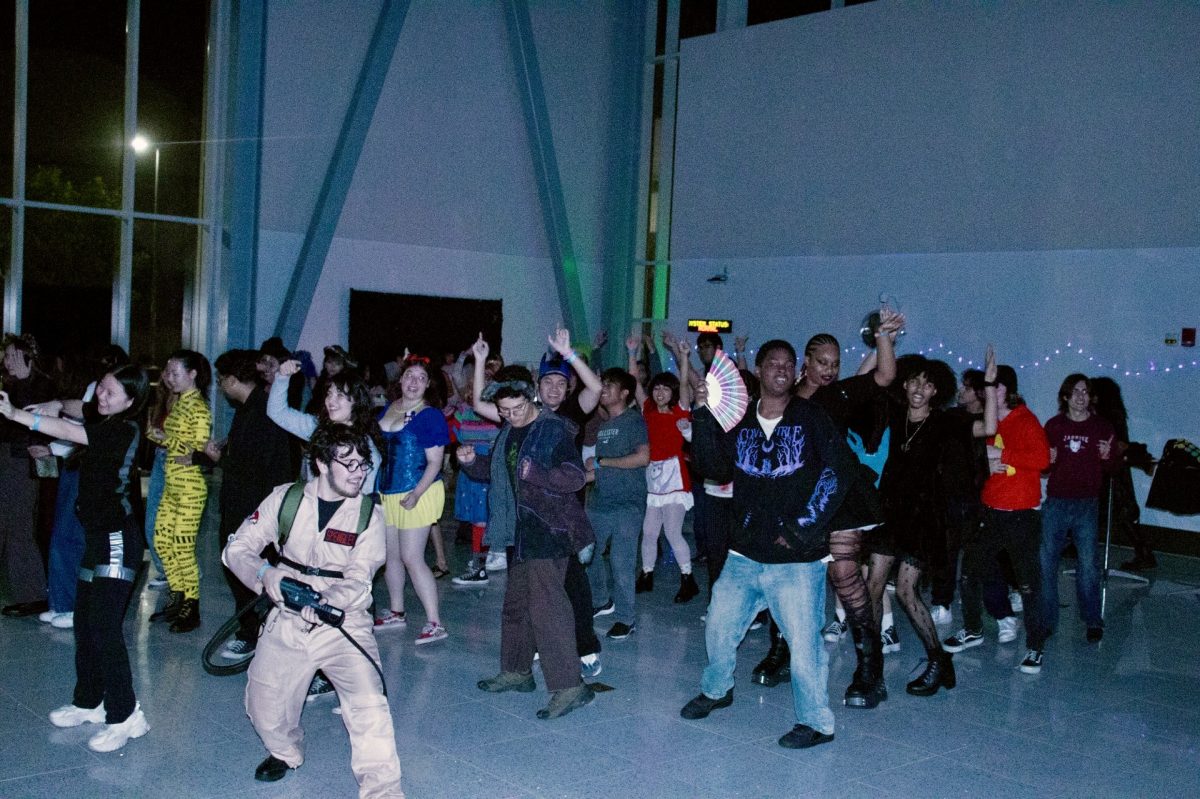Spurred by the District Committee on Safety, representatives of the Cerritos College Campus Police Department are working with several groups on campus to build support to arm its officers.
The college currently authorizes campus police officers to carry pepper spray, batons and bulletproof vests, but does not allow officers to carry or use a firearm while on duty.
“They give us vests, why not give you vests?” Officer Angel Castillo asked the 17 classified employees present at a meeting last Monday.
Based on research conducted by members of the CCCPD and the Safety Committee, Castillo reported that Cerritos College is currently one of three community colleges in the state to not arm its police officers, the other two campuses being Pasadena City College and San Francisco Community College.
Additionally, Castillo presented that CCCPD employs 10 officers total, six less than recommended by the Federal Government.
Rosemarie Medina, corresponding secretary for the Cerritos College Chapter of the California Schools Employees Association, voiced her distaste with the situation.
“I can’t imagine how your loved ones are okay with sending you here at night knowing you are not protected,” she told Castillo.
Classified employees will vote on the issue on Dec. 8, the same day that CCCPD and the Safety Committee will present their findings to the Board of Trustees, the eight-member governing party of Cerritos College responsible for making the ultimate decision on the matter, after several constituent parties on campus have cast their votes.
“The Board of Trustees has the right and the power to arm us. Criminals no longer fight with their fists and chains, now they carry knives and guns,” Castillo said.
Campus Police Chief Richard Bukowiecki, who was a part of the department 21 years ago when the Board of Trustees last voted on the issue and denied the motion, encourages students and faculty to become educated about the subject before deciding on a vote.
“I think you would be surprised as to how many people didn’t realize that their police department was unarmed,” Bukowiecki said.
He explains that the current policy when dealing with an assailant wielding a knife or gun calls for police officers to “contain the area as best they can while maintaining a safe distance,” while they wait for another agency to respond—a time lapse of five and a half minutes or more, according to Castillo’s presentation.
CCCPD has also presented its findings to the ASCC senate, a move that has convinced Student Body President Felipe Grimaldo to make the discussion a priority on next semester’s agenda, with the expectation that the student vote will take place in January.
Grimaldo assures that, “[ASCC] is going to push and let students know. We could possibly put together a public forum with the help of Campus Police.”
Bukowiecki recalls that, the last time the issue was addressed, it took about six months to gather votes from all concerned groups.
College President/Superintendent Dr. Linda Lacy supports the decision on either side, as long as all constituent parties have explored every option.
“What people feel is secure and safe is what we need to provide for our students,” Lacy says, “It’s going to be an interesting discussion and I want to really feel what people feel about it.”







